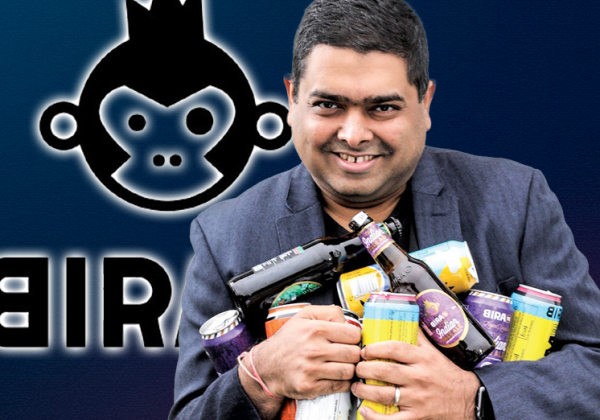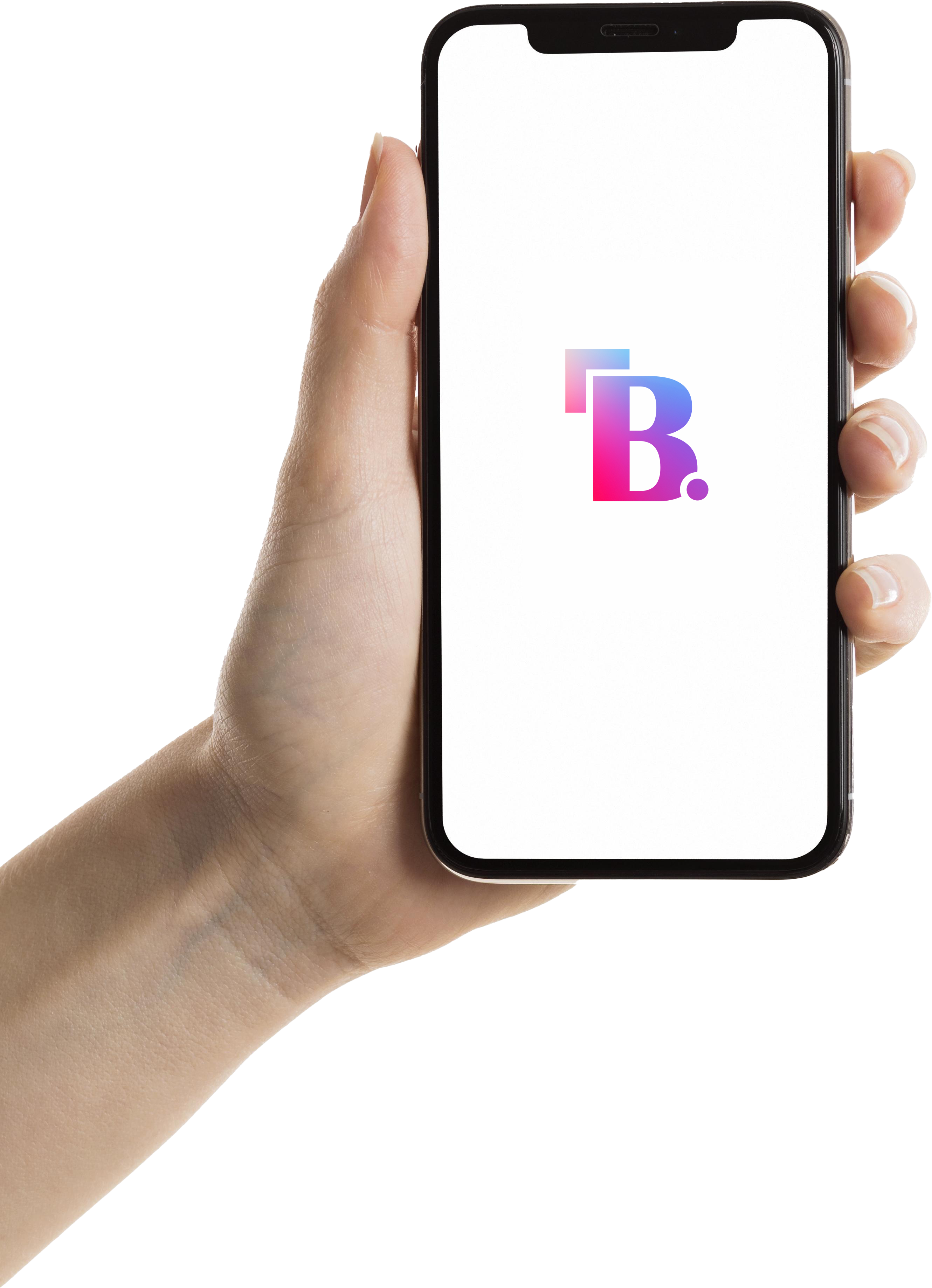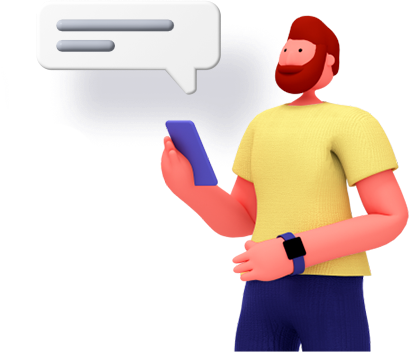Budweiser Marketing Strategy: Simple and yet complicated
Budweiser, often called the "King of Beers," is more than just a beverage; it’s a global brand that represents celebration, camaraderie, and lifestyle. Its marketing strategy is a blend of emotional appeal, cultural relevance, and consistent branding. Below, I'll outline how Budweiser markets its products in an engaging way, written in a casual tone that’s easy to understand.1. Building the Brand Around Emotion and Lifestyle
Budweiser doesn’t just sell beer—it sells an experience. The brand positions itself as a drink for moments of joy, celebration, and togetherness. Whether it’s watching a game with friends, celebrating a milestone, or just relaxing after a long day, Budweiser markets itself as the perfect companion.
How They Do This:
- They focus on lifestyle imagery in ads—friends laughing, crowds cheering, and people bonding.
- Their taglines often reflect this emotional connection, like “This Bud’s for You.”
- Budweiser emphasizes the idea that their beer is more than just a drink; it’s part of life’s memorable moments.
2. Consistent and Iconic Branding
One of Budweiser’s greatest strengths is its consistent branding. From the famous red and white logo to its instantly recognizable bottle design, the brand ensures that no matter where you are in the world, Budweiser feels familiar.
Key Elements of Their Branding:
- The crown symbol in their logo reinforces their nickname, "The King of Beers."
- Their packaging always stands out on shelves with bold, clean designs.
- The use of traditional elements, like the signature bowtie design, reminds customers of its rich history.
This consistency helps Budweiser maintain its iconic status and builds trust with its audience.
3. Connecting Through Sports
Budweiser is deeply tied to sports, especially in regions where beer and games are inseparable (think football, soccer, or cricket). By aligning itself with major sporting events, the brand positions itself as the go-to drink for fans.
How They Do This:
- Sponsorships: Budweiser sponsors major leagues and tournaments like the FIFA World Cup, NFL, and English Premier League.
- Themed Campaigns: Ads during these events focus on the excitement of the game, paired with a cold Budweiser.
- Fan Engagement: They often run contests, giveaways, and social media challenges to engage with fans during tournaments.
This strategy not only boosts sales during events but also strengthens its association with the adrenaline and excitement of sports.
4. Iconic Advertising Campaigns
Budweiser’s ads are legendary, whether it’s the humor-filled Super Bowl commercials or the heartwarming stories involving their iconic Clydesdale horses. Their campaigns often blend humor, emotion, and a touch of nostalgia, making them memorable.
Examples of Their Ad Tactics:
- Super Bowl Ads: Budweiser is known for creating ads that people look forward to during the Super Bowl. These ads aren’t just about selling beer; they’re about creating conversations.
- Clydesdale Horses: These horses have become a symbol of Budweiser’s heritage, featured in emotional, feel-good campaigns.
- Relatable Messaging: Their ads often focus on themes like friendship, determination, and celebration, which resonate universally.
5. Localized Marketing for Global Reach
Budweiser is a global brand, but its marketing isn’t one-size-fits-all. The brand tailors its campaigns to resonate with local cultures and preferences.
How They Do This:
- In India, they focus on premium positioning and tie up with music festivals to appeal to urban millennials.
- In Brazil, they celebrate soccer culture with campaigns centered around their sponsorships of local leagues.
- In the U.S., they emphasize tradition and heritage, tapping into their American roots.
This localization ensures that wherever Budweiser is sold, it feels relevant to the people drinking it.
6. Tapping Into Music and Pop Culture
Budweiser actively associates itself with music, nightlife, and pop culture, which helps it connect with younger audiences. The brand wants to be seen not just as a beer, but as part of the fun and excitement of social events.
How They Do This:
- Music Festivals: Budweiser sponsors major music festivals like Tomorrowland and organizes its own events, like “BudX,” to create a cultural impact.
- Collaborations with Artists: They partner with popular musicians for campaigns or limited-edition packaging.
- Nightlife Branding: Budweiser’s presence in bars, clubs, and parties reinforces its image as a youthful, energetic brand.
This strategy helps Budweiser remain relevant in the minds of younger generations.
7. Digital Marketing and Social Media Savvy
In today’s digital age, Budweiser knows how to stay connected with its audience online. Their social media campaigns are interactive, fun, and designed to go viral.
Key Digital Strategies:
- Interactive Content: They use polls, challenges, and behind-the-scenes videos to engage with users.
- User-Generated Content: Budweiser encourages customers to share their experiences with the brand, often featuring them on official channels.
- Trending Topics: They tap into trending memes, cultural moments, or events to keep their content fresh and relatable.
By staying active and relevant on platforms like Instagram, Twitter, and YouTube, Budweiser ensures it’s part of everyday conversations.
8. Sustainability and Social Responsibility
In recent years, Budweiser has focused heavily on sustainability. With more consumers prioritizing environmentally friendly products, this is an important part of their strategy.
What They’re Doing:
- They’ve committed to brewing their beer with 100% renewable electricity.
- Campaigns like “Green Energy” promote their sustainability efforts, making eco-conscious consumers feel good about choosing Budweiser.
- Supporting community initiatives, like water conservation or disaster relief, to build a socially responsible image.
This not only helps the planet but also strengthens Budweiser’s reputation as a brand that cares.
9. Premiumization Strategy
Budweiser positions itself as a premium beer, even though it’s affordable. By emphasizing quality, tradition, and its global reputation, they create an aspirational image around their products.
How They Achieve This:
- Their ads focus on quality ingredients and expert brewing techniques.
- The packaging, branding, and product placement all reinforce the idea that Budweiser is a drink for special occasions.
- They also offer premium variants, like Budweiser Magnum, to cater to high-end consumers.
10. Experiential Marketing
Budweiser believes in creating memorable experiences for its customers. Beyond just ads, they engage with their audience through real-life events and immersive campaigns.
Examples:
- Pop-Up Bars: Budweiser often sets up pop-up bars or experiential booths at events and festivals.
- Sports Viewing Parties: Hosting large-screen watch parties for major games, where fans can enjoy Budweiser together.
- Immersive Campaigns: Virtual reality experiences or AR filters that let users interact with the brand in innovative ways.
These experiences help Budweiser stand out and build deeper connections with consumers.
11. Staying Relevant with Trends
Budweiser adapts quickly to changing consumer habits. Whether it’s introducing low-calorie beers for health-conscious drinkers or innovating with flavors, the brand knows how to stay relevant.
How They Do This:
- Introducing new products, like Budweiser Zero (alcohol-free beer), to cater to evolving preferences.
- Collaborating with modern influencers and brands to tap into current trends.
- Promoting limited-edition packaging or seasonal variants to keep the excitement alive.
12. Strong Distribution Network
No marketing strategy is complete without ensuring the product is easily accessible. Budweiser’s distribution strategy ensures that their beer is available in bars, restaurants, supermarkets, and even online platforms.
What They Focus On:
- Partnering with key retailers for maximum visibility.
- Ensuring availability in both urban and rural markets.
- Using online delivery platforms to reach consumers directly at home.
Conclusion
Budweiser’s marketing strategy is a masterclass in blending tradition with modernity. By focusing on emotional connections, cultural relevance, and consistent branding, they’ve managed to remain a global leader in the beer industry. Whether it’s through sports sponsorships, music festivals, or digital campaigns, Budweiser knows how to stay at the forefront of consumer minds. At its core, the brand isn’t just about selling beer—it’s about creating experiences and memories that last a lifetime.
Popular Posts

Best Website Development Technology
PHP is often regarded as one of the best technologies for website development due to its flexibil [...]

Bira 91 Markeing Strategy- First Craft Beer of India
Beer enthusiasts are well aware of the wide range of options available, whether they're at a bar [...]

Domino's Marketing Strategies, The Ultimate Journey
Domino's Marketing Strategy: The Recipe for Global Success
Domino's h [...]




